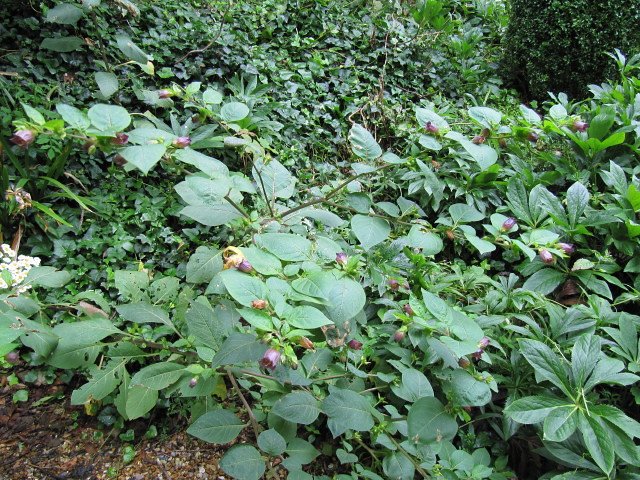to Mugwort: The History of Magical Plants in European Lore
Deep in the shadowy corners of European history lies a world where plants possessed powers beyond imagination, where roots could scream with deadly voices and leaves could grant visions of the divine. For centuries, these botanical allies and adversaries have woven themselves into the very fabric of our folklore, medicine, and mystical traditions. From ancient Greek temples to medieval witch trials, from Roman battlefields to Victorian drawing rooms, magical plants have shaped human civilization in ways that continue to fascinate us today.
The Mighty Mandrake: Root of Ancient Powers
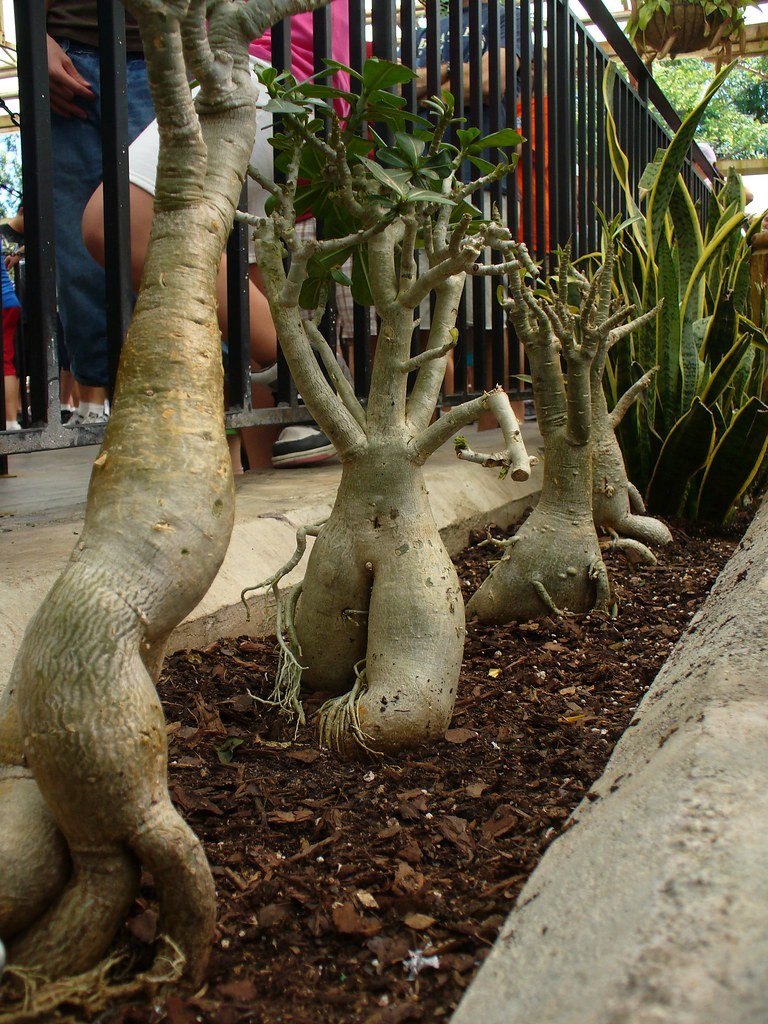
Because mandrakes contain deliriant hallucinogenic tropane alkaloids and the shape of their roots often resembles human figures, they have been associated with magic rituals throughout history, including present-day contemporary pagan traditions. Mandrake is one of the most famous medicinal plant in western cultures since Biblical times and throughout written history. This extraordinary plant carries within its twisted roots a legacy stretching back over four millennia. One of the oldest references to mandrake is from the Bible and probably dates to 4,000 B.C. In the story, Rachel used the berries of the plant to conceive a child. The mandrake’s reputation for granting fertility made it one of the most sought-after plants in the ancient world. Yet this same plant that promised new life was also feared for its deadly properties. The root is hallucinogenic and narcotic. In sufficient quantities, it induces a state of unconsciousness and was used as an anaesthetic for surgery in ancient times. What made the mandrake particularly terrifying wasn’t just its toxicity, but the legend surrounding its harvest.
The Screaming Root: Harvesting Death

The Screaming Root: Harvesting Death (image credits: flickr)
The most chilling aspect of mandrake folklore wasn’t its effects on the human body, but the supernatural terror it supposedly unleashed during collection. The magical power of mandrake was thought to be so potent that it would scream terrifyingly as it was pulled from the earth and kill anyone within earshot. This terrifying belief led to elaborate harvesting rituals that sound more like scenes from a horror story than botanical practice. In the Middle Ages, it was believed mandrake could only be uprooted in moonlight by a dog attached to the base of the plant by a rope, otherwise a person would go insane from the plant’s screams. The human shape of the mandrake root supposedly screams when pulled from the ground. Hearing that scream was believed to be fatal (not true, of course). Because of the risk, there were many rituals surrounding how to protect oneself when harvesting mandrake. One was to tie a dog to the plant and then run. These legends weren’t just folklore – they served a practical purpose in protecting valuable medicinal resources from being overharvested.
European Merchants and the Spread of Mandrake Lore

The fascinating story of how mandrake legends spread across Europe reveals much about medieval trade and cultural exchange. Scholars believe that the diggers and merchants traveling from Italy, Greece, and Spain to northern Europe initially spread the mandrake legends. Diggers would search for them in open areas, in lightly wooded areas and on the edge of embankments and ruins. These diggers were somewhat transient, traveling around to harvest the roots and sell their harvest. These astonishing legends may have been part of an attempt to enhance the value of their wares both by creating a mysterious allure to boost demand and by discouraging others from digging it. The mandrake trade became so lucrative that fake versions began appearing in northern European markets. As a Mediterranean native, the plant was less common in damp, cool Britain, and there was a ready market for fake mandrakes made out of bryony root (also known as false mandrake). This deception was so common that Renaissance herbalists felt compelled to warn their readers about counterfeit mandrakes carved to look more human-like.
Germanic Alraune: The Little Gallows Man

In Germanic folklore, the mandrake took on an even darker persona. German folklore assigns the alias name Galgenmännlein (“little man of the gallows”) to the mandrake, based on the belief the plant springs from the ground beneath a hanged man where his urine or semen had dripped into ground. This grisly origin story connected the plant directly to capital punishment and the executed criminal. They first diffused into Germany where it became the basis for the alraune mythology, which portrayed the root as a benevolent, sentient being living below the ground that brought good fortune and wisdom to its harvester. Despite its macabre origins, the Germanic alraune was considered a helpful household spirit – a fascinating transformation of the Mediterranean plant’s reputation from terrifying screamer to benevolent helper.
Medieval Medicine and the Decline of Mandrake Magic

As medical knowledge evolved, the supernatural aspects of mandrake began to give way to more scientific understanding. By the 17th century, however, the power of the mandrake had begun to wane. John Gerard’s’ ‘Herball’ complained that “there have been many ridiculous tales brought up of this plant, whether of old wives or runnegate surgeons or phisick mongers, I know not”. Yet the plant’s genuine medical properties ensured its continued use. Mandrakes could still be found in patent medicines in the 19th century. The alkaloids are a family of potent chemicals, still widely used in pharmaceuticals and responsible for the hallucinogenic and sedative (and toxic) effects of many other plants, including deadly nightshade. Once chemists could create these substances in the laboratory, they no longer needed to identify plants or prepare drugs from source, and plant lore became redundant. Stripped of the enchanting imagery and mythology found in herbals, references to the mandrake in 19th-century pharmacopoeias were sadly diminished.
Mugwort: The Mother of All Herbs
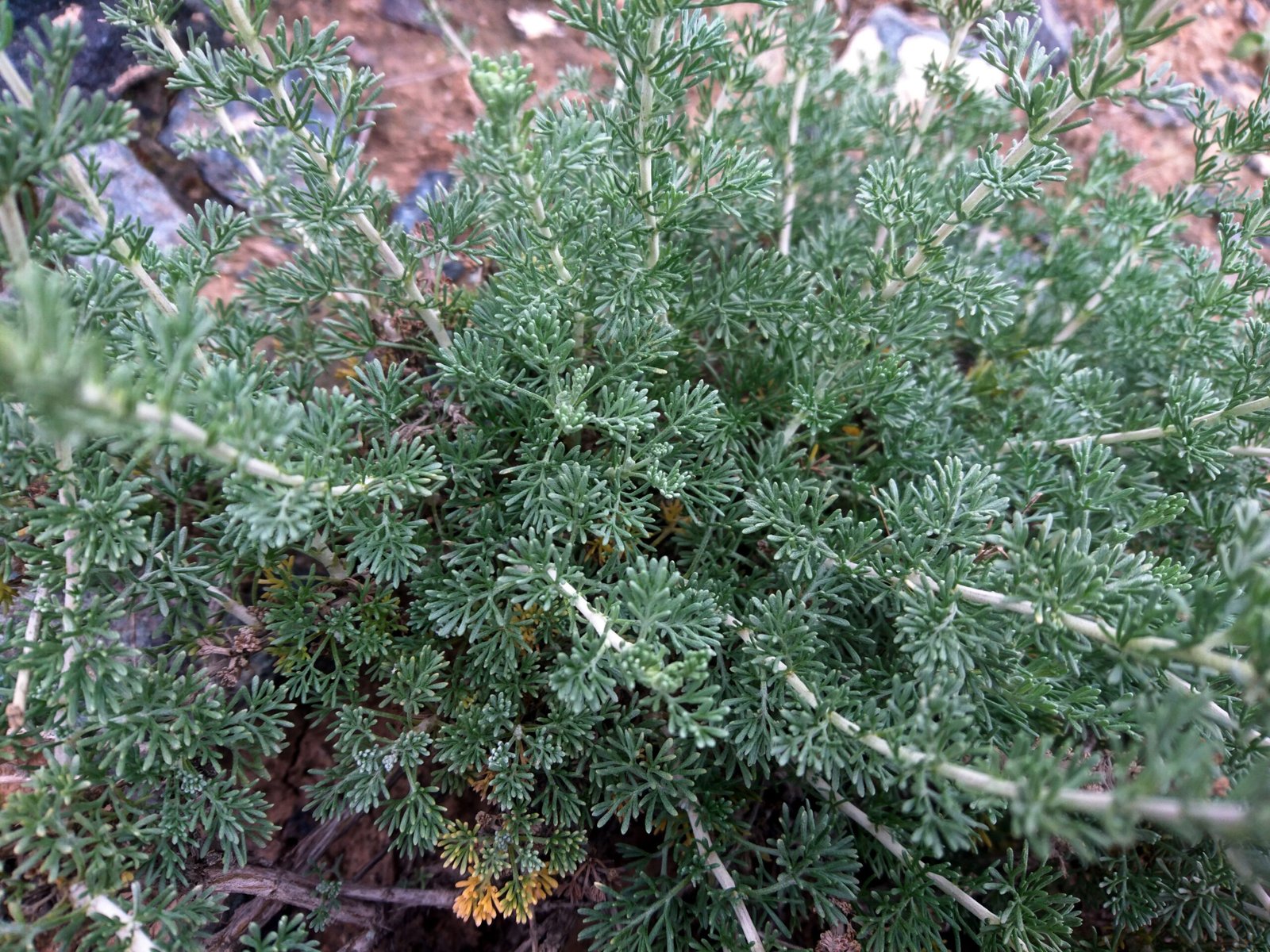
While mandrake commanded fear and respect, mugwort earned the affectionate title of “mother of all herbs” through its gentle yet powerful presence in European magical traditions. It was known as the Mater Herbarium, or mother of all herbs. Its latin name Artemisia (Artemisia Vulgaris) echoes the name of Artemis, the Greek goddess of the moon. Artemis was the protector of women, watching over them as they journeyed through life’s great transitions. From a girl’s first blood, to the intensity of childbirth, to the wisdom of the menopausal years, Artemis stood guard. And so does her herb, mugwort. This connection to the divine feminine made mugwort particularly precious to women throughout history, serving as both medicinal ally and spiritual protector. According to tradition, mugwort was known as the witch’s herb and aptly renamed by some as cronewort. Historically, it was placed by the door of the local witch, healer, and midwife. It was also used as a symbol that would be hung on the door or planted outside.
The Nine Herbs Charm: Anglo-Saxon Plant Magic
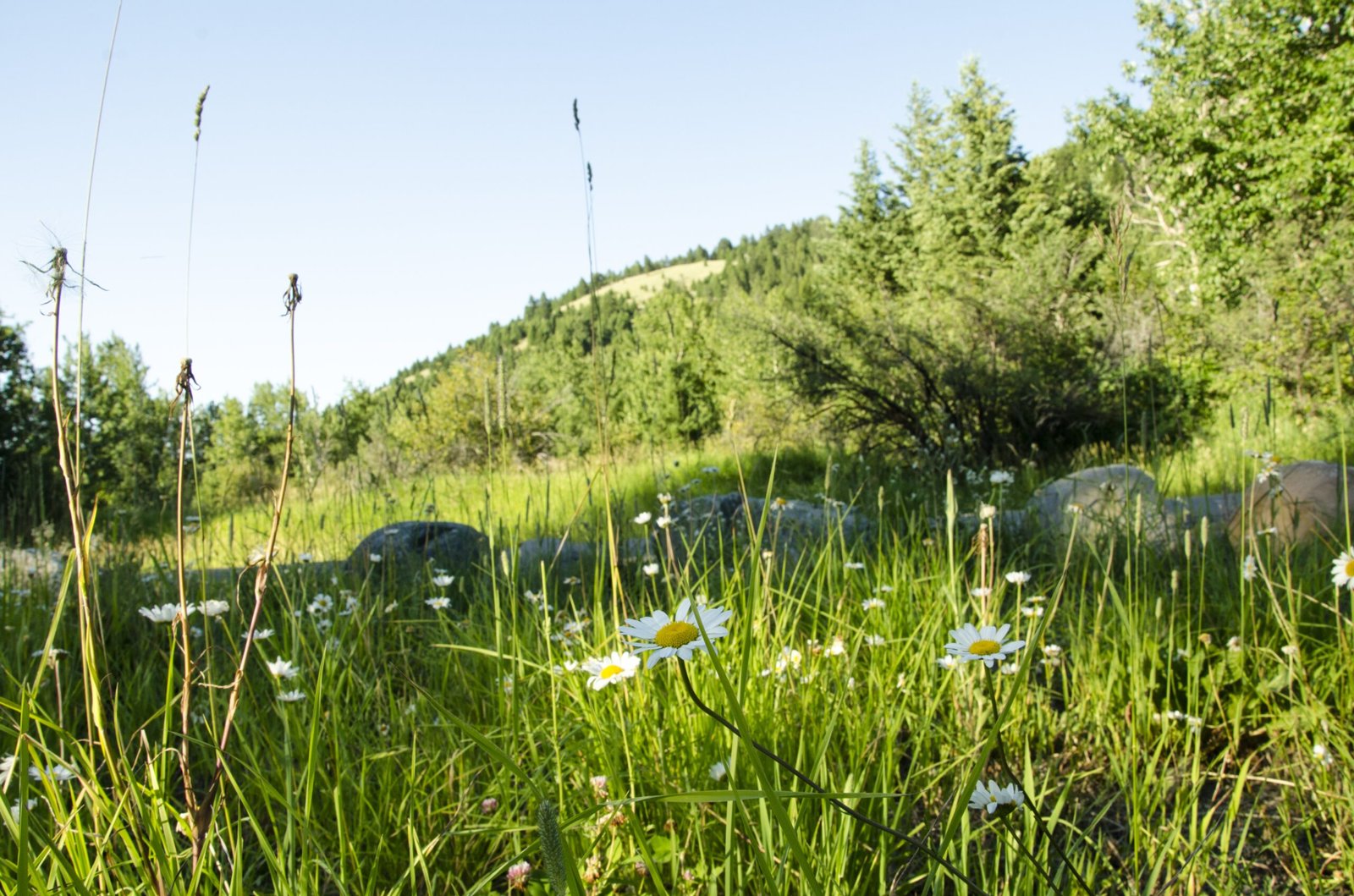
One of the most fascinating glimpses into early European plant magic comes from the Anglo-Saxon “Nine Herbs Charm,” a 10th-century healing spell that places mugwort at its very heart. One of my favorite magical references to mugwort is found in the Nigon Wyrta Galdor, commonly known as the Nine Herbs Charm (Harley MS 585). Recorded in Old English during the 10th or early 11th centuries, the galdor was meant to be sung directly to the plants and then into the mouth, ears, and wound of the person being healed. As a whole, the spell calls upon a retinue of healing plants, aided by the god Wōden (Odin), to defeat the forces that make us unwell. Mugwort is sung to in the first section below: Remember, Mugwort, what you brought to pass, what you readied, at Regenmeld. You’re called Una, that most ancient plant. This remarkable charm reveals how our ancestors viewed plants not as passive objects, but as conscious beings with their own memories and powers. It is mentioned in the Nine Herbs Charm, a 10th century English rhyme in the Lacnunga, an Anglo-Saxon medicinal text. The charm is intended for the treatment of poisoning and infection. The numbers nine and three, significant in Germanin paganism and folklore are mentioned frequently in the charm. The poem contains both Christian and English pagan themes, including a mention of the Germanic god Woden.
Mugwort as Traveler’s Companion

Long before modern travel insurance, European travelers relied on mugwort as their protective companion. Expanding its magical repertoire, Mugwort was also used to protect travelers. Dioscorides notes that, “If anyone has the herb artemisia with him while travelling it dissolves weariness, and if you wear it on your feet it drives away venomous beasts and devils.” The Romans similarly revered mugwort, with soldiers and travellers often placing it into their shoes for safety and to ward off exhaustion. This practical magic made mugwort an essential part of any journey, whether by foot across dangerous countryside or by ship across treacherous seas. The plant’s reputation as a guardian against both physical dangers and supernatural threats made it invaluable in an age when travel was fraught with genuine perils.
Medieval Mugwort and Women’s Mysteries

Perhaps nowhere was mugwort more valued than in the realm of women’s health and reproductive mysteries. A. vulgaris is a plant with a long history of use by women, and was renown in the medieval world as an abortificant and emenagoue with the power to stimulate menstruation during late or missed periods. 12th century texts extensively describe Mugwort as a menstrual tonic, and one 14th century text discusses Mugwort’s use in expelling dead fetal tissue after a miscarriage. In Wales, mugwort was tied to the left thigh of a woman having a difficult labor. But it was believed that if it was not removed immediately after the birth, she might hemorrhage. These practices required incredible skill and knowledge, as the line between healing and harm was razor-thin. In fact Mugwort has been used by women to covertly and safely abort pregnancies often when it has not been culturally proper to do so. As menstrual irregularity has always been a fact of life, a woman in medieval Europe might miss a period or two without attracting the raised eyebrows of her neighbors.
Belladonna: The Beautiful Death
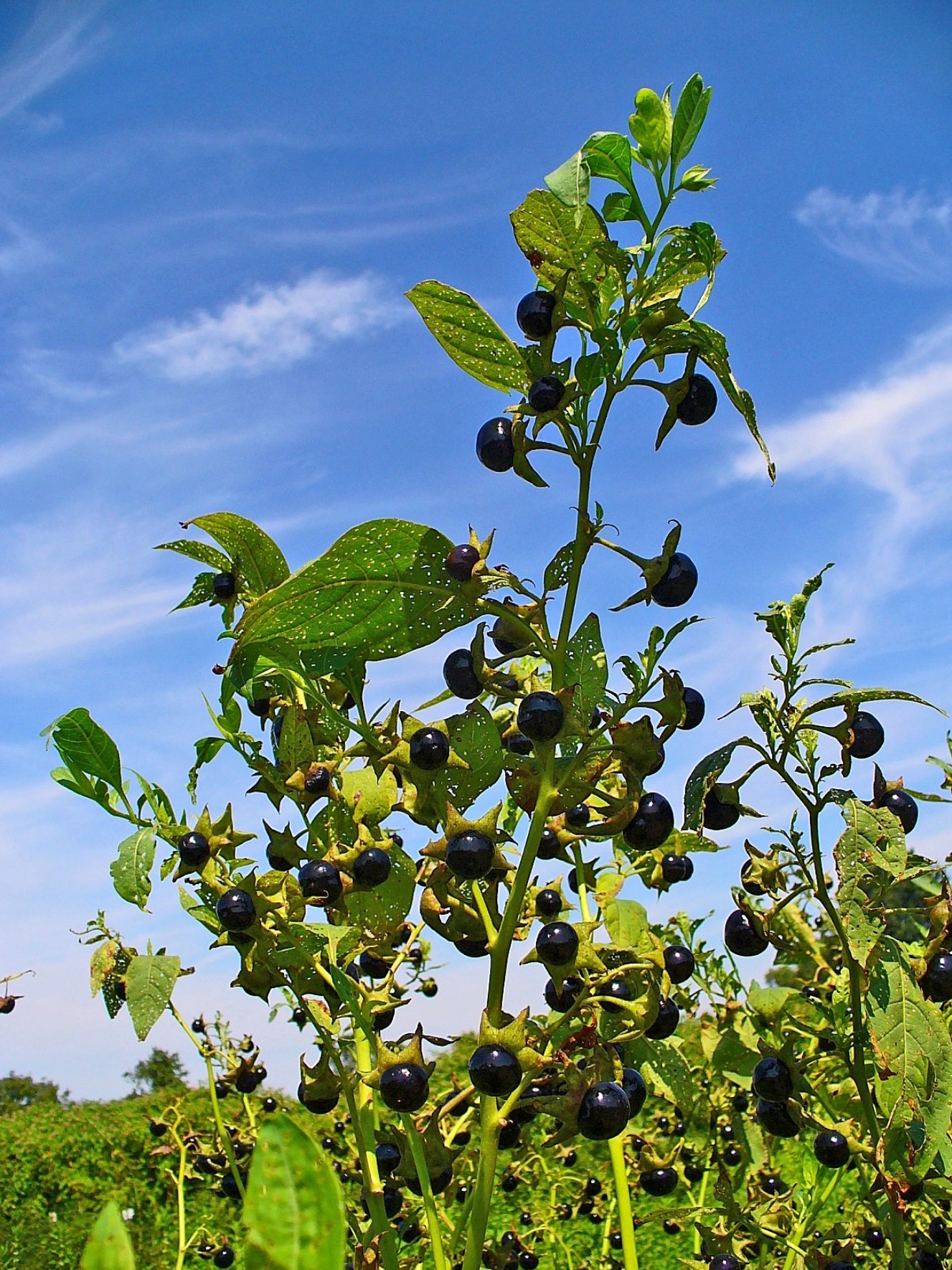
No plant embodies the dual nature of European magical herbs better than Atropa belladonna – literally “beautiful woman” paired with the name of the Fate who cuts the thread of life. The genus name (Atropa) comes from the ancient Greek name for one of the fates, a trio of ancient Greek goddesses who cut the life threads of mortals, ending their lives. While the genus name speaks to death, the species name stands in stark contrast as “belladonna” means “beautiful woman” in Italian, which may refer to its supposed past use by Italian women to dilate their pupils, a sign of beauty at the time. The species epithet comes from the Italian word “belladonna” for beautiful woman, a reference to this plants’ use by Venetian ladies of the court who dilated their pupils with a tincture of belladonna eye-drops. There is a painting, “Woman with a Mirror” by the Renaissance painter, Titian, that hangs in the Louvre Museum. It pictures a young, beautiful Venetian “belladonna” who may have used atropine drops to dilate the pupils of her eyes to enhance their beauty. This cosmetic use gave the plant its romantic name, even as its deadly properties made it one of history’s most feared poisons.
The Witch’s Flying Ointment
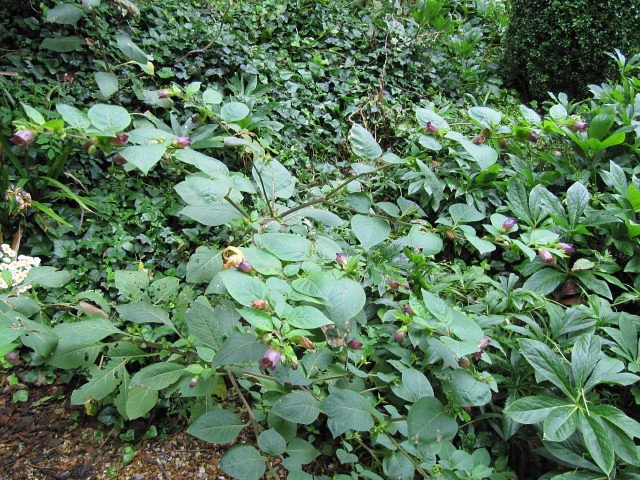
Belladonna’s most notorious role in European folklore was as a key ingredient in the legendary “flying ointments” of medieval witches. Perhaps Deadly Nightshade is most well-known as an ingredient in British witches’ “flying ointment”. In a thesis on Warwickshire folklore, C.S. Wharton describes how witches combine belladonna with other wild plants such as: “vervain… and cinque-foil, aconite… and the juice of water hemlock”. The concoction, mixed into an ointment, would then be smeared on their bodies before Sabbats, or ceremonies. As the witches’ bodies became heated through dancing, the ointment would give off fumes which caused hallucinations, including the sensation of flying. Many believe that belladonna was used as part of supposed “flying ointments,” a form of ointment that was believed allow witches to fly off to demonic meetings. Indeed, people have associated belladonna and its close relatives with this since at least the 1400s, with these beliefs having been widespread in Europe. Modern researchers suggest these ointments may have been genuine psychoactive preparations. Perhaps the most likely explanation is that medicinal ointments made with belladonna and its relatives were made too strong at times, and that these ointments then ended up intoxicating those using them, leading to the belief they were used as a tool for witchcraft; they may also just have been used as a cheap form of intoxicant for the poor who could not afford alcohol and other recreational substances.
Belladonna’s Dark History as Poison
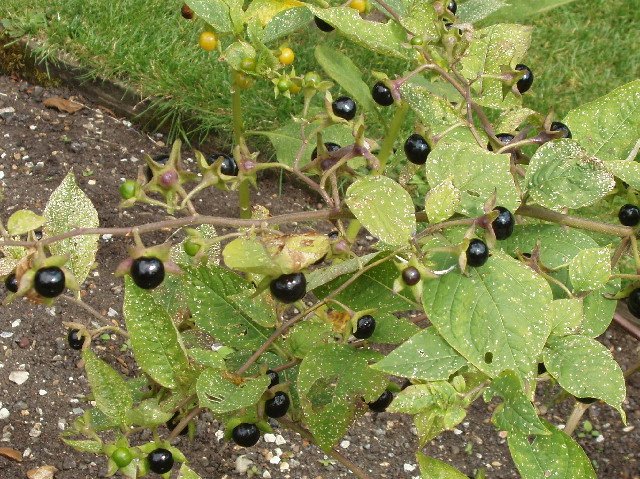
The deadly reputation of belladonna wasn’t merely folklore – it was earned through centuries of documented poisonings and assassinations. Deadly Nightshade has had an illustrious career as a poison, with references stretching back to when the Roman emperor Claudius was believed to have been poisoned with it in 68 AD. The Romans used belladonna as a biological weapon to contaminate their enemies’ food reserves. In Shakespeare’s play, Macbeth, the Scottish army defeats the Danes by contaminating their liquor supply with belladonna, inducing a deep, comatose sleep, and murdering them in their hapless state. The wives of Roman emperors Augustus and Claudius poisoned them with atropine. The plant’s effectiveness as a poison came from its unpredictable and terrifying effects. The symptoms of poisoning include dilated pupils, sensitivity to light, blurred vision, tachycardia, loss of balance, staggering, headache, rash, flushing, severely dry mouth and throat, slurred speech, urinary retention, constipation, confusion, hallucinations, delirium, and convulsions.
Henbane: The Devil’s Eye
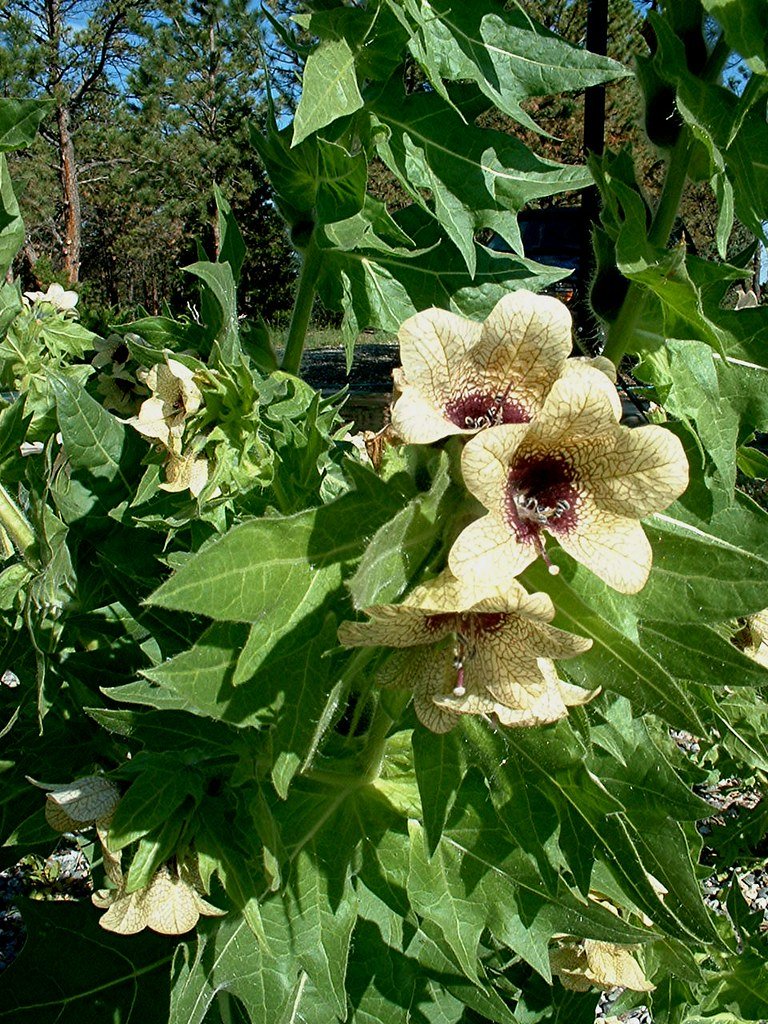
Among the nightshade family, henbane earned perhaps the most sinister reputation of all, becoming known as “the witch’s drug” and “Devil’s eye.” Henbane, also known as “the witch’s drug,” is one of several plants in the Solanaceae (nightshade) family that contains alkaloids including hyoscine, hyoscyamine, and atropine, which can cause powerful hallucinations. Native to Europe, henbane not only looks rather spooky with its green petals and black center, it has a long history as a poison, medicinal and ritualistic plant across that continent. Known as the ‘witches plant’, henbane had great importance during the Middle Ages, being used by magicians and healers in ritual purifications by smoke as well as in the preparation of concoctions, love philtres and ‘flying ointments’. The plant’s association with witchcraft was so strong that it became central to numerous trial confessions. During a Pomeranian witchcraft trial in 1538, a suspected witch “confessed” that she had given a man henbane seeds so that he would run around “crazy” (sexually aroused). In a file from an Inquisition trial, it was noted that “a witch admits” having once strewn henbane seeds between two lovers and uttering the following formula: “Here I sow wild seed, and the devil advised that they would hate and avoid each other until these seeds had been separated”.
Henbane in Ancient Religious Rites

From mandrake to mugwort, the rich history of magical plants in European lore reveals a deep-rooted belief in the mystical powers of nature. These plants were more than just herbs—they were seen as potent tools for healing, protection, and communication with the spirit world. Mandrake, often depicted with human-like roots, was believed to scream when uprooted and was used in potions and rituals for centuries. Mugwort, associated with dreams and prophecy, was commonly used by seers and healers. These plants played a vital role in folklore, medicine, and magical practices across cultures. Henbane in Ancient Religious Rites, for example, highlights how henbane was used in sacred ceremonies for its hallucinogenic properties, believed to connect worshippers with divine realms. The use of such plants not only influenced early medicine and religious rituals but also helped shape Europe’s magical traditions that endure in stories, customs, and alternative healing practices to this day.

